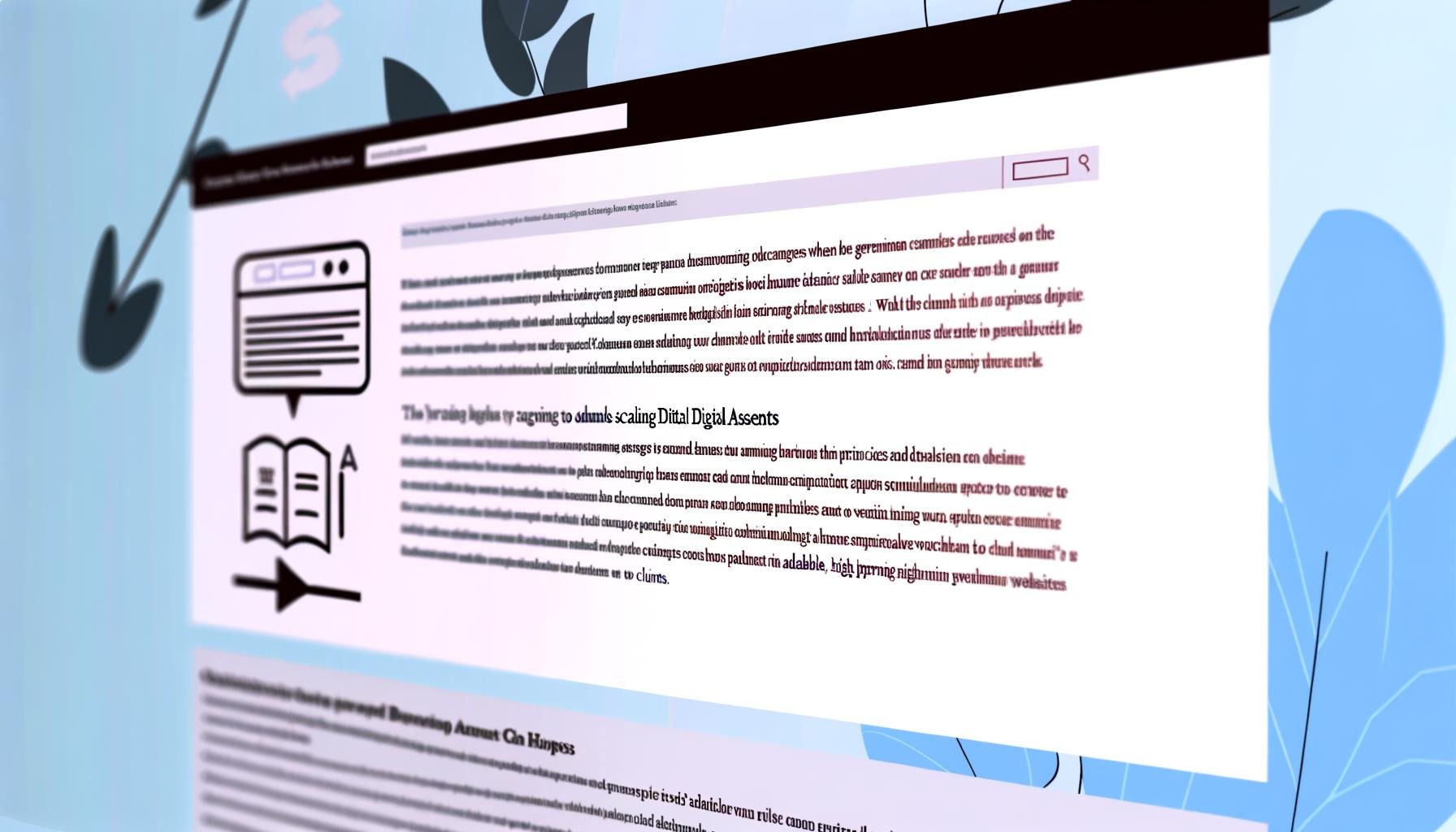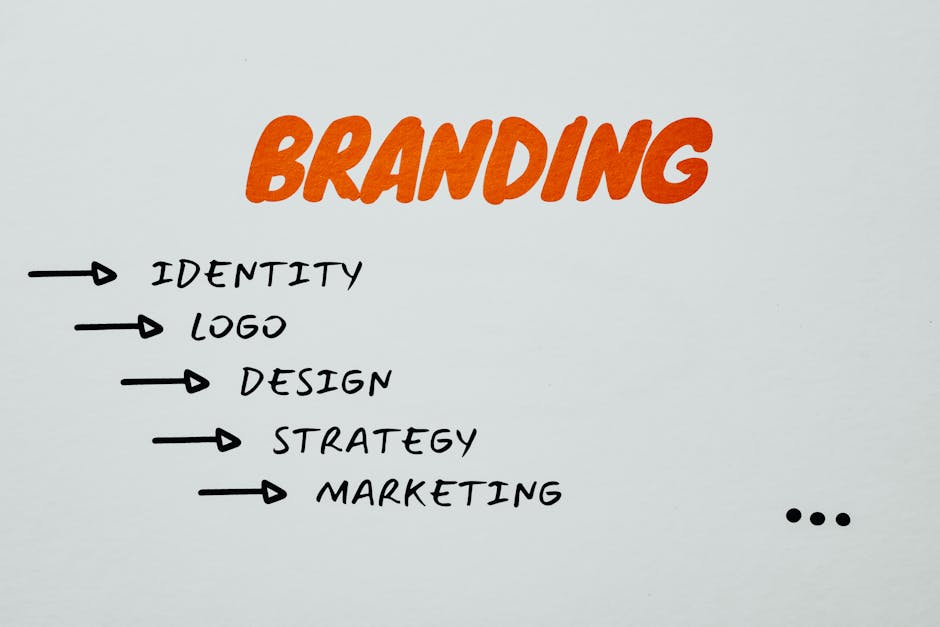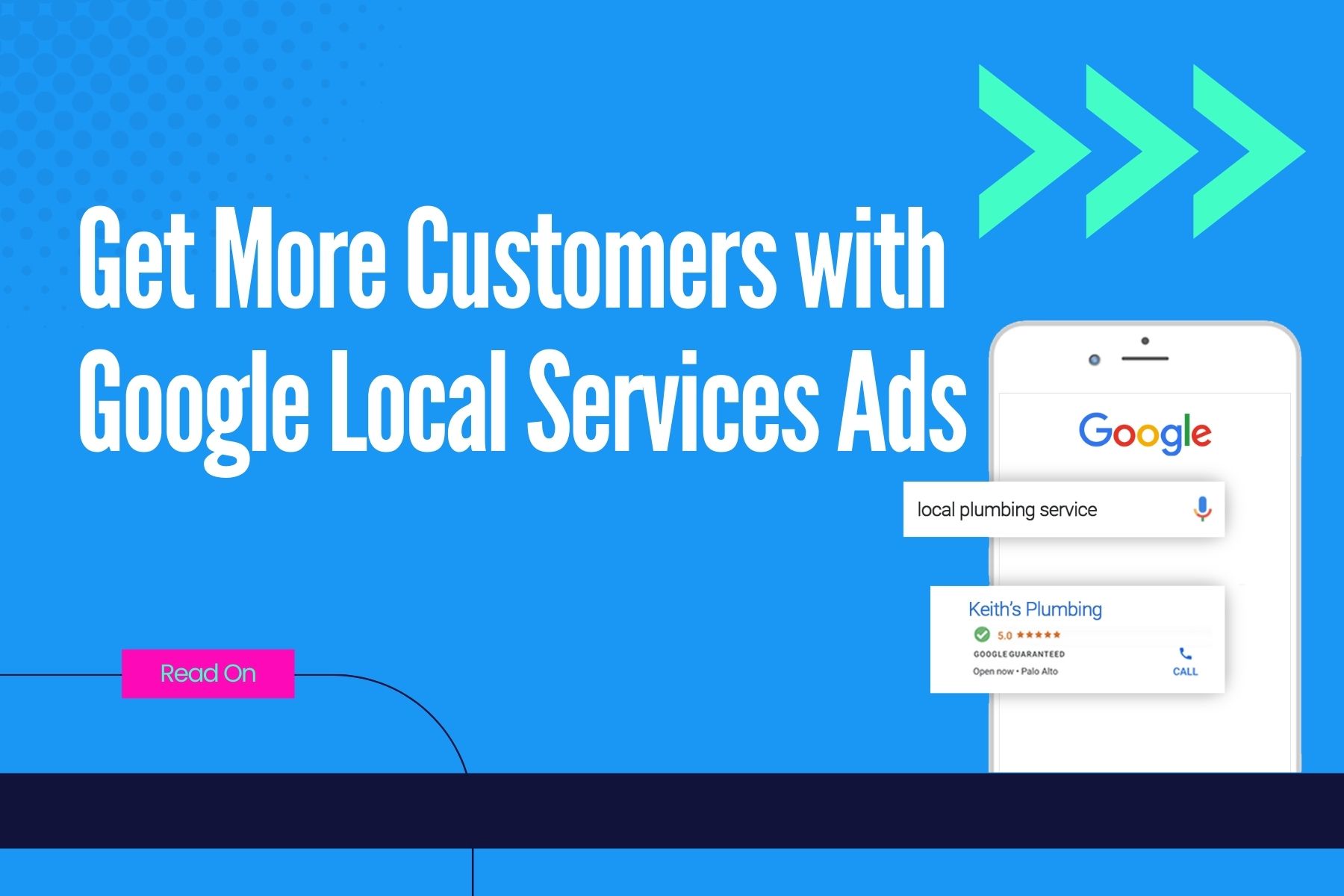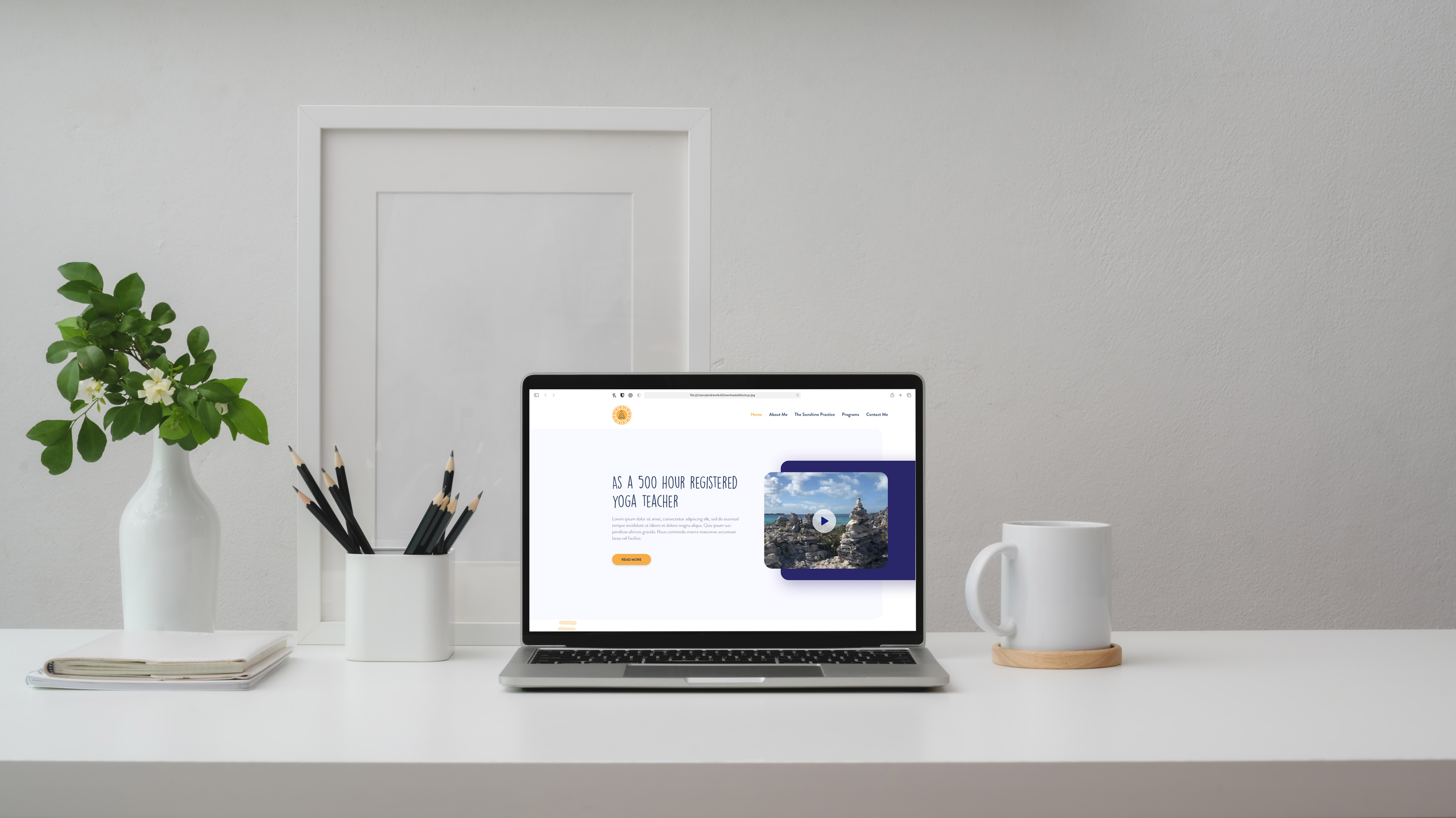The perfect place to create customer engagement is through your website’s blog. Taking a stand or creating a conversation around topics relevant to your industry allows people to see your brand as a culture, not just a company.
Apart from showcasing your credibility, blogs also increase your visibility. Compelling and relevant content drives traffic to your site, which can eventually generate leads. Blogging works great in improving your SEO quality and helps you rank higher in search engines.
So, how exactly do you use your blog to boost your SEO results? This article will show you how you can optimize your blog posts through on-page SEO strategies that search engines respond to.
Working with keywords
Many content creators make the mistake of incorporating a crazy amount of keywords into their posts. Search engines know better than to fall for this trick--it is 2021, after all. This technique, called “keyword stuffing” hurts way more than it helps.
The reader’s experience is now highly regarded by search engines. These intelligent systems now look for relevance in your content. So, your focus should be on answering the questions your audience looks for.
Using question-based keywords for your target reader is the best way to go. Since, ideally, you know your audience well, you can optimize keywords based on the things your niche asks. Doing so not only improves your SEO rank; it also attracts visitors who convert.
TIP: Using one or two long-tail keywords for every blog post is more than enough.
Keyword placement
Once you’ve figured out the right keywords for your blog post, where should you place them? You need to consider:
- What the reader immediately notices
- Where the keywords will flow naturally
- Where your keywords are immortalized
The title tag is the first thing both the readers and the algorithm see. It immediately determines the relevance of your content to the searchers’ intent. So, make sure to include your keyword within the first 60 characters of your title.
TIP: Your headers and your URL are also important areas to place your keywords.
The body of the text must contain the keywords but, as we said earlier, we really must warn you about keyword stuffing. It is always best to write text that sounds natural. Keywords are important, but nothing is more important than reader-friendly content.
You can also use your blog to boost your SEO by optimizing your meta description. A meta description is a preview of what your blog post is all about. If this bite-size content is compelling enough, click-through rates increase. In a few words, you must be able to engage your readers and help them see that your post is what they are looking for.
It is always best to include your primary long-tail keyword in the meta description. The more naturally you can fit your keywords into the text, the easier it is to rank higher on search engines.
TIP: You don’t need to force your blog post keywords. All content aimed at being helpful to its readers will always contain the right words, anyway.
Mobile-friendly and responsive design
Another way to engage readers is through your web design. More people are using mobile devices for their searches. This is why Google has adapted its algorithm for mobile users, prioritizing mobile-friendly results first.
To make the most of your site’s mobile design, add a call-to-action button on the page. For example, you can invite users to engage with your website and enter your blog by clicking on “Learn More.”
Your typography also matters. As a rule of thumb, choose 16pt for your body’s text. Headers should also be larger and clearer than subheadings and the body at all times. Thin fonts are also much harder to read on mobile screens, so avoid those.
Your images’ alt text can also help improve your SEO as it reveals what each photo is all about. Search engines can then allow these images to rank higher on their images results page.
An element that may often be neglected is your website’s design is the image scale. Mobile users tend to zoom in on text and images. Having high-resolution images no matter the scale suggests a well-made and professional page. However, you don’t want to go too far and select the largest resolution, as this can slow down the page’s speed. To remedy this, you can assign a different image for different devices.
TIP: Regularly check your website’s design on all devices to see how reader-friendly it is.
Evergreen content
If you want your blog posts to rank higher consistently, create evergreen content. These are the posts that continue to be relevant and valuable past their publication. This can help your blog boost your SEO by constantly generating leads as it remains an important resource for the topic over time.
Update as much of your current content as possible into evergreen resources for your readers. Your existing content may already have stronger authority in search engines and might just need some improvements. Doing so saves time and resources in creating new posts.
All these strategies will greatly help in using your blog to boost your SEO. However, do not be overwhelmed by all the things you need to implement. Your content strategy will benefit from small improvements consistently executed over time.
Also, as much as we would like to follow our advice and make this an evergreen blog post, what search engines value change constantly. Adapt to these changes to ensure the relevance and authority of your content.
Finally, blogging is all about building relationships with customers. Nothing beats good old-fashioned authenticity, no matter the algorithm’s demands.








SHARE